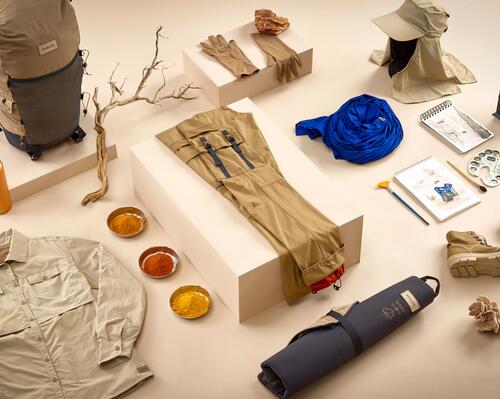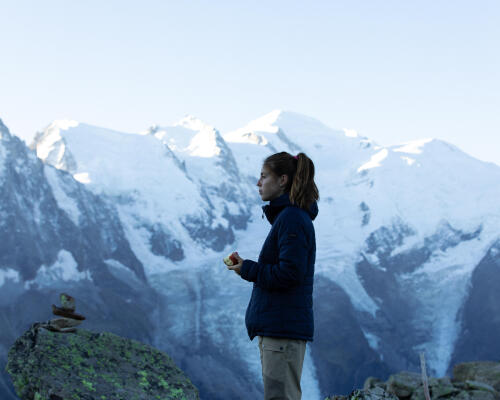What type of training do you need? Take the test!
According to our coach, physical preparation depends on each individual's weaker points. Two people leaving for the same trek won't necessarily need the same training. For good training - meaning, training that's adapted to your needs - inventory your strengths and weaknesses and adjust your preparation accordingly! a how-toElisabeth proposes doing a test by going for a walk for several hours (1.5 to 2.5 hours) in near-trekking conditions: "Two or three long walks with a 10 to 15 kg backpack. You'll become aware of the effort that awaits you. Ultimately, for me, it wasn't the weight of the bag that bothered me most, it was pain in my feet.”
Feedback: What about you - how do you feel with a loaded backpack? What bothers you the most? Your breathing? The strength of your legs? The weight on your shoulders? After that, focus on the physical aspect that seems the most relevant to improve.
● For shortness of breath,
⇒ outdoors, try interval workouts (between 30 and 45 minutes with variations in intensity) or endurance sports (walking, cycling, running, swimming) at a moderate intensity for a longer time (between 1-1.5 hours).
⇒ at the gym, head towards machines like exercise bikes, cross trainers, or rowing machines, or group exercise classes focusing on cardio training. (between 1-1.5 hours, varying machines)
● To feel more solid on your legs,
⇒ at the gym, try strength training with just your body weight. Then, move towards slightly heavier loads, such as: 5 sets of 10 squats with a bare bar (unloaded) on your shoulders.
⇒ At home: with exercises without equipment such as squats, Bulgarian lunges, wall sites and hip thrusts.
● To not suffer under the weight of the backpack,
⇒ To do anywhere: in addition to strengthening your back, work your core with 3 sets of 30 seconds for plank, side plank, and reverse plank.
Nothing is like a coach to help you during your training period. At least you'll be sure that they will adapt the workout to your weaknesses and your level (exercises, loads, number of reps, etc.)





